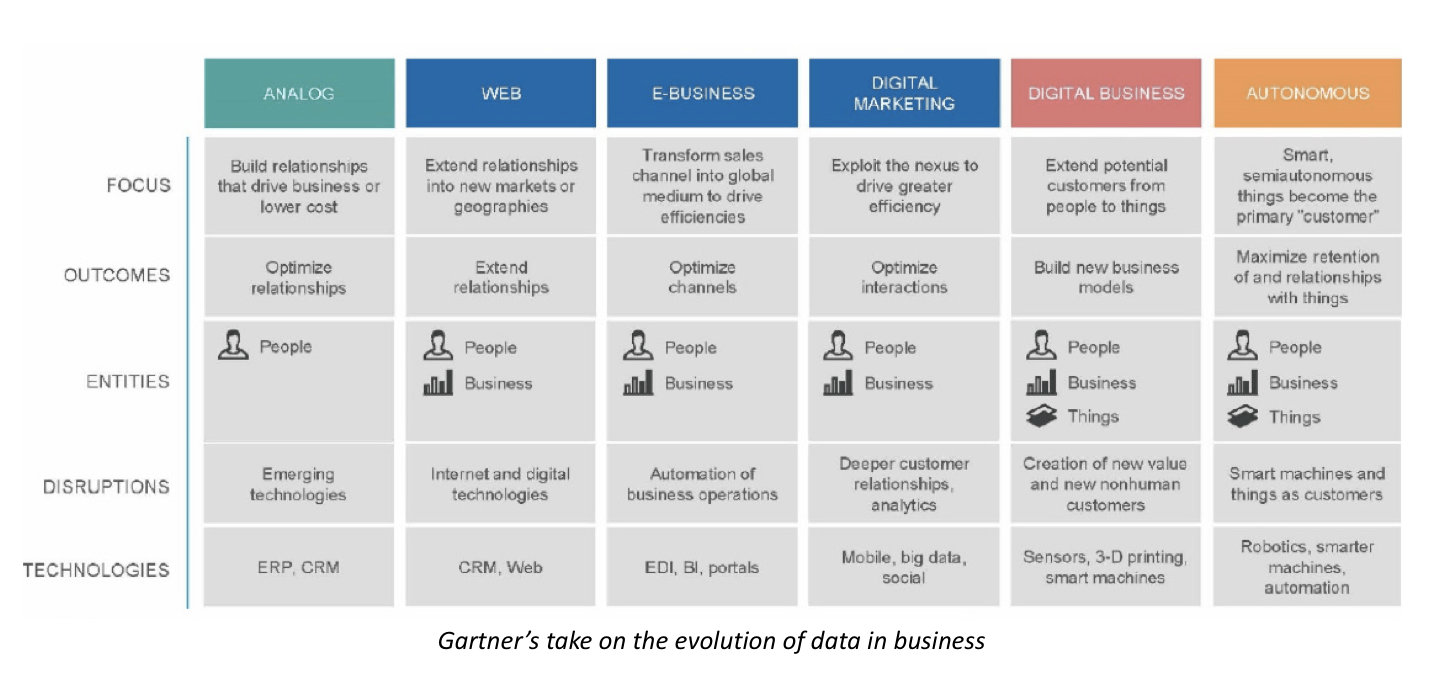Data governance (DG) 1.0 has struggled to get off the ground, but now DG is required for General Data Protection Regulation (GDPR) compliance, so businesses need a new approach to achieve data governance success.
When properly implemented, data governance is an empowering tool for businesses. But for many organizations just getting started with DG, implementation will be reactionary because of its mandatory status under (GDPR).
As such, businesses might be tempted into doing the bare minimum to meet compliance standards. But done right, data governance is a key enabler for any data-driven business.
The data governance success story
The first step in achieving data governance success is to define what it should look like. With clear goals, businesses can take the collaborative approach data governance requires – with the whole company pulling in the same direction – for proper implementation.
Data governance success typically manifests itself as:
- Defined data: Consistency in how a business defines data means it can be understood across divisions, enabling greater potential for collaboration.
- Guaranteed quality: Trusted data eases the decision-making process, allowing a business to make both faster and more assured decisions that lead to fewer false starts.
- Compliance and security: With data governance, neither are sacrificed even as the volume of data and the accessibility of such data expands when silos are broken down. Of course, this is a key component of any business putting data at the heart of their operations.
With this in mind, your next steps should be to introduce Data Governance 2.0 by addressing the baggage of its predecessor, and learning from it. Two key lessons to take away: 1) treat data like physical assets and 2) treat data governance itself as a strategic initiative.
Treat data like physical assets
This year data went mainstream. In the two years prior, more data was created than in the whole of human history. With more and more businesses acknowledging the value of data insights, analysts correctly predicted that data would be considered “more valuable than oil” in 2017.
Businesses that have already experienced data-driven success recognized data’s potential value early on. Yet for the most part, data typically has been considered separate from physical assets. It has, therefore, been given subdued levels of vigilance compared to physical assets that are often tracked, maintained and updated to maintain peak operational performance.
Take the belt on a production line, for example. Lack of maintenance leads to faults, production delays, increased time to market and ultimately stifled profits and overall performance. Continuous neglect results in more costly repairs not to mention the costs related to down-time. The same is true for data.
If your data isn’t governed with due care, silos and bottlenecks easily develop, shutting off access to employees who need it and slowing down everything from data discovery to analytics.
Persistent neglect means your business will not understand where your most sensitive data is stored, making it more susceptible to breaches. As Equifax and Uber have demonstrated recently, such data breaches are costly enough without the fines that soon will be levied because of GDPR.
Considering recent revelations surrounding the value of data, plus the imminent regulatory changes, it’s time businesses begin treating data with as much respect and care as their physical assets.
Treat data governance as a strategic initiative
The problem with historical data governance implementation is that it was seen exclusively as an IT-driven project. Therefore, governance was shoehorned through a collection of siloed tools with no input from the wider organization. More specifically, from line managers and C-Level executives to whom governed data is arguably most valuable.
In recent years, the problems with this approach have become further exacerbated by:
- A demand for big data and analytics-driven growth
- A need for digital trust in business dealings between organizations or between businesses and consumers
- Upcoming personal data removal mandates with stronger individual privacy protections
In the current business climate, more than 35 percent of companies use information to identify new business opportunities and predict future trends and behavior. An additional 50 percent agree that information is highly valued for decision-making, and should be treated as an asset (BI-Survey.com).
Clearly, it’s paramount that organizations view their data as a valuable asset, and the governing of their data as a strategic initiative in and of itself.
For more best practices in achieving data governance success, click here.





